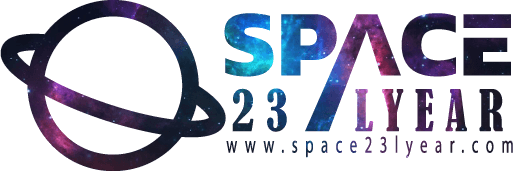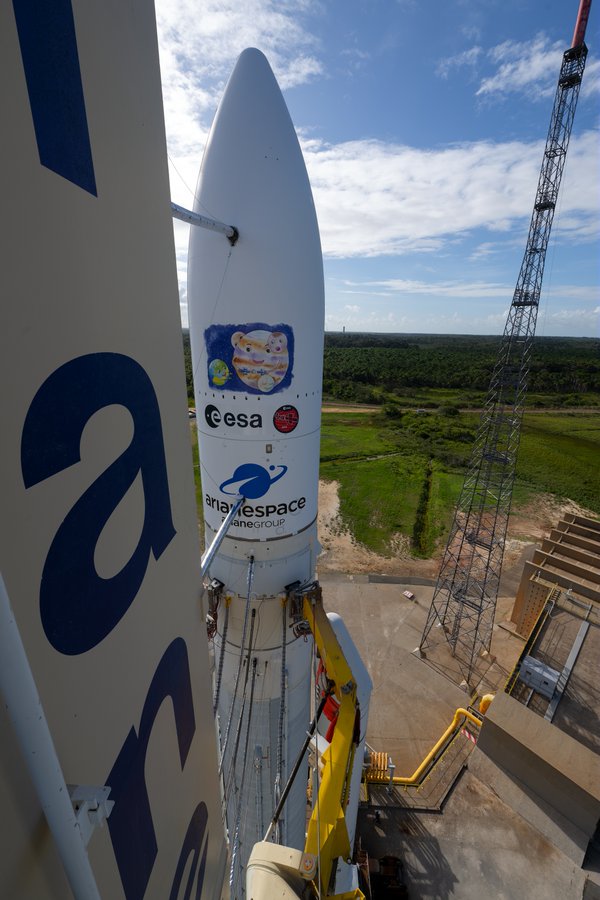European Space Agency’s JUICE mission can be launched tomorrow
The launch of the JUICE mission has been delayed by 24 hours due to lightning at the launch site. Now postponed to 14:14 CEST (7:14 a.m. CDT, 12:14 UTC) on April 14, 2023. jUICE is the mission that the European Space Agency (ESA) is going to launch from its spaceport on Jupiter and its moons. The mission will make 35 flybys of the Galilean moons Ganymede, Callisto and Europa before moving into orbit around Jupiter’s largest moon Ganymede.
Will reach Jupiter in eight years
JUICE will reach Jupiter in 2031. One of the moons it will observe is perhaps the most attractive of the Jovian moons to terrestrial scientists, Europa. It is believed that this moon has an ocean of liquid water beneath its ice crust (composed of water ice). jUICE is designed to look at Europa for the kind of chemistry that is essential for life on Earth. For example, organic molecules, or carbon-containing molecules that are important to life on Earth.
Ganymede satellite will dust for three years
After a series of passes by Jupiter and its three large, icy moons, JUICE will eventually settle into an orbit around the largest moon, Ganymede. JUICE will orbit Ganymede as low as 125 miles (200 km) for about three years. It will complete its mission with an impact on the surface of the Moon.
Its task will be to study the physical properties of the icy layers. Will study Ganymede’s internal magnetic field and provide information on the Jovian magnetosphere.Scientists say that a better understanding of the wet and cold worlds of the Gamniids will also help us understand possible distant worlds around other suns.
NASA’s Lucy spacecraft is also ready
Astronomy is constantly striving to cross the bottomless ocean of space. This year the spacecraft is going to be sent to an asteroid. With the fulfillment of the target millions of km away from this project, it will be possible to confirm itself in the time interval of space travel. One of the biggest challenges in space travel is reducing the time frame for reaching distant cosmic objects. At present thousands of millions of light-years away planets are able to gather all the information about the constellations, but reaching them in time remains a difficult task. Astronomers are constantly trying to overcome this and the time gap will be known from the Lucy mission. The mission of the Lucy spacecraft team is to reach asteroid 152830, 1999 VD 57. The Lucy spacecraft will reach the main asteroid belt of the main Mars and Jupiter planets.This mission will be launched on November 1 this year. Under the plan, it will reach the asteroid in 2025 by traveling for two years. The size of this asteroid 1999 VD 57 is 700 m.The mission will be a good test for the spacecraft’s inventive tracking system.
What does Indian astronomer Dr. Pandey say?
Dr. Shashibhushan Pandey, senior astrophysicist at Aryabhatta Observational Science Research Institute (ARIES), says that the biggest challenge is to reduce the travel time of space. For which continuous efforts are going on. According to the success achieved so far, the journey of nine months is likely to be completed in four months. It will be confirmed this year itself. Asteroids are very far away from us. We have been reaching the planets through space vehicles, but it takes years to reach them and we have to shorten this time. NASA’s Lucy mission would prove crucial. Due to which many secrets of space travel, targets and asteroids will be known.
Source: Earth Sky.
Photo: E.S.A

Journalist Space science.
Working with India’s leading news paper.
और अधिक जानें

